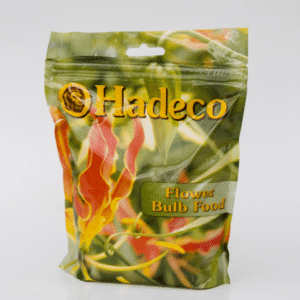Marjoram
Kitchen gardening
Marjoram
Marjoram (also known as sweet marjoram, to differentiate it from its close relative – wild marjoram or oregano) is a popular herb in Middle Eastern and Mediterranean cooking. Although Egypt is the main exporter of this herb today, it is thought to have originated in Greece, where it was used by Ancient Greeks to make head wreaths for wedding couples, as symbol of love, honour and happiness. This perennial herb produces small grey-green leaves and white flowers. The plant grows between 30-60cm tall.
Growing tips :
- Plant marjoram seedlings in holes about 3cm deep, and 30cm apart. Marjoram will also grow well in a large pot.
- Make sure you choose a sunny spot and water the seedlings well.
- The nutritional needs of marjoram are fairly low, so as long as you prepare the soil beforehand with a little compost, you probably won’t need to feed the herb again.
- Marjoram is susceptible to fungal infections as well as attacks by insects like white fly and spider mite. To prevent this, spray the plants and the perimeter of garden beds or pots with fungicide and insecticide.
- You will be able to harvest your marjoram within six weeks after planting.
Uses :
- Marjoram is a very versatile herb that adds citrusy flavour to meat and vegetable dishes and, unlike most other herbs, its flavour intensifies when it is dried, making it a good herb to use in winter too.
- Steep fresh marjoram leaves in boiling water and inhale the fumes to clear the sinuses and relieve laryngitis.
- Marjoram tea, sweetened with pure honey is thought to help preserve the voices of professional singers.
You might also like
Shop online
-
Bulb Food 500g
- R99.99
- Add to cart Learn More
-
- Sale!
HEALTH FIT 32 2KG
- Original price was: R434.99.R391.99Current price is: R391.99.
- Add to cart Learn More




